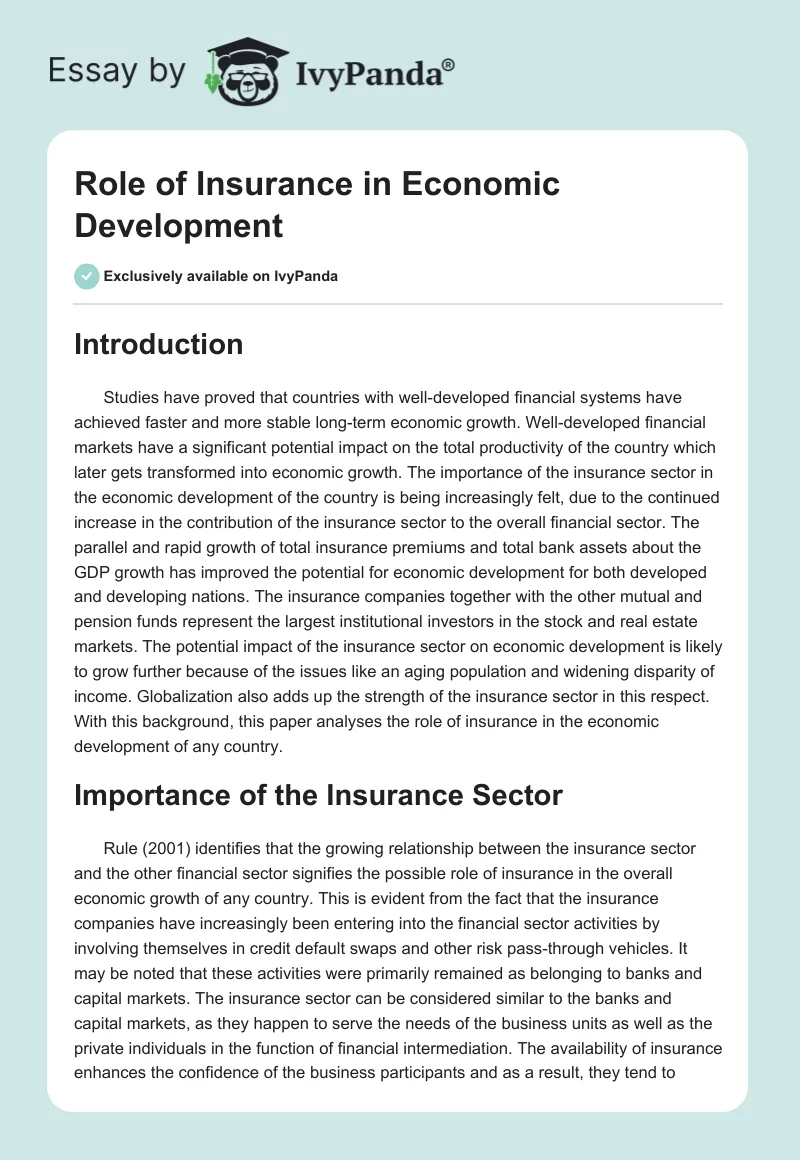Top Guidelines Of Pacific Prime
Table of ContentsThe 5-Second Trick For Pacific PrimePacific Prime Things To Know Before You BuyThe Ultimate Guide To Pacific PrimePacific Prime for DummiesSome Known Factual Statements About Pacific Prime

This is due to the fact that the data were accumulated for a period of strong financial performance. Of the approximated 42 million individuals that were uninsured, all yet about 420,000 (concerning 1 percent) were under 65 years of age, the age at which most Americans end up being qualified for Medicare; 32 million were grownups between ages 18 and 65, around 19 percent of all grownups in this age group; and 10 million were kids under 18 years old, about 13.9 percent of all kids (Mills, 2000).
These price quotes of the variety of individuals uninsured are produced from the yearly March Supplement to the Existing Population Study (CPS), conducted by the Demographics Bureau. Unless otherwise kept in mind, national quotes of individuals without medical insurance and proportions of the population with various sort of coverage are based upon the CPS, one of the most widely made use of source of quotes of insurance policy coverage and uninsurance prices.
The Definitive Guide for Pacific Prime

Still, the CPS is specifically useful because it produces yearly quotes relatively quickly, reporting the previous year's insurance policy coverage estimates each September, and since it is the basis for a consistent collection of price quotes for greater than two decades, permitting for evaluation of patterns in coverage with time. For these factors, in addition to the substantial use of the CPS in other research studies of insurance policy coverage that exist in this record, we rely on CPS estimates, with constraints noted.

The price quote of the number of uninsured individuals expands when a populace's insurance coverage standing is tracked for a number of years. Over a three-year period beginning early in 1993, 72 million individuals, 29 percent of the U.S. https://pacificpr1me.wordpress.com/2024/04/03/pacific-prime-your-gateway-to-comprehensive-international-health-insurance-solutions/. population, lacked protection for a minimum of one month. Within a solitary year (1994 ), 53 million individuals experienced at the very least a month without coverage (Bennefield, 1998a)
Six out of every 10 without insurance grownups are themselves utilized. Functioning does enhance the possibility that one and one's household members will certainly have insurance policy, it is not a warranty. Even participants of family members with 2 permanent wage income earners have almost a one-in-ten opportunity of being without insurance (9.1 percent uninsured price) (Hoffman and Pohl, 2000).
Some Known Factual Statements About Pacific Prime
New immigrants account for a considerable percentage of people without medical insurance. One evaluation Continued has attributed a considerable section of the current growth in the size of the united state without insurance populace to immigrants who showed up in the nation in between 1994 and 1998 (Camarota and Edwards, 2000). Current immigrants (those that concerned the USA within the previous 4 years) do have a high price of being without insurance (46 percent), yet they and their children represent just 6 percent of those without insurance policy across the country (Holahan et al., 2001).
The relationship between health and wellness insurance coverage and accessibility to care is well developed, as documented later on in this phase. Although the connection between health insurance coverage and health and wellness end results is neither direct neither straightforward, an extensive professional and wellness services research study literary works web links wellness insurance policy coverage to enhanced access to care, much better high quality, and enhanced personal and population health status.
Degrees of analysis for examining the impacts of uninsurance. It concentrates especially on those without any health insurance for any type of size of time.
6 Easy Facts About Pacific Prime Explained
The troubles faced by the underinsured are in some aspects similar to those encountered by the uninsured, although they are generally much less extreme. Health and wellness insurance policy, nevertheless, is neither required nor adequate to gain access to clinical solutions. The independent and direct effect of wellness insurance protection on access to health solutions is well established.
Others will certainly acquire the healthcare they require even without medical insurance, by paying for it expense or seeking it from carriers who offer treatment totally free or at very subsidized prices. For still others, health insurance policy alone does not make sure receipt of care due to various other nonfinancial obstacles, such as a lack of wellness care carriers in their neighborhood, limited access to transport, illiteracy, or linguistic and social distinctions.
Our Pacific Prime Diaries
Formal study concerning without insurance populations in the United States dates to the late 1920s and early 1930s when the Board on the Price of Medical Treatment produced a series of reports regarding funding doctor workplace sees and hospitalizations. This issue came to be significant as the numbers of medically indigent climbed during the Great Depression.